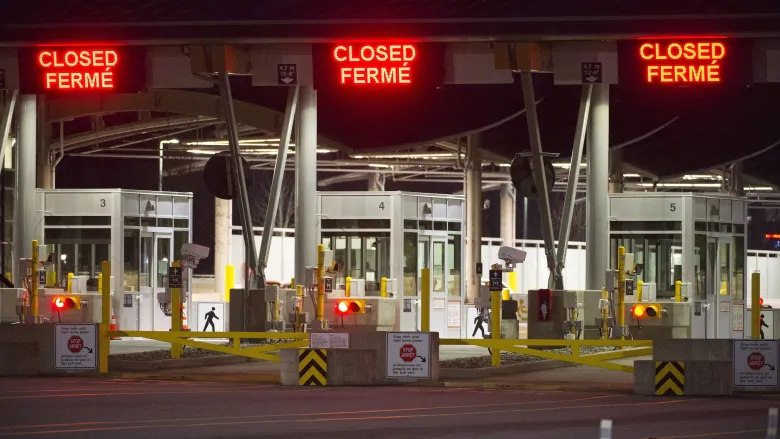Several Canadian families have told CBC News of the heartbreak they have experienced being separated due to travel restrictions because of COVID-19 at the Canada-U.S. border.

Internal documents obtained by CBC/Radio-Canada give insight into how Canadian border officials are deciding who to let into the country — and who to turn away — during the COVID-19 pandemic.
Several Canadian families have told CBC News of the heartbreak they have experienced being separated due to restrictions at the Canada-U.S. border.
Among them are a young Canadian woman who has to organize the family’s move to another city on her own because her American husband was not allowed to enter Canada; a Canadian man in his 50s who suffers from panic attacks and has been forced to live without the support of his American spouse since March 25; and a pregnant Canadian woman whose American husband was banned from crossing the border.
Some Americans have been denied entry at the border even though the Order in Council issued by the federal government on March 26 that was in effect at the time stipulated that immediate family members of Canadian citizens and permanent residents were allowed to enter Canada unless “the purpose of their trip is optional or discretionary, such as tourism, recreation or entertainment.”
Internal documents from the Canada Border Services Agency (CBSA) illustrate how border agents arrived at their decisions about what is essential travel and is “discretionary/optional.”
62 scenarios
One of the internal CBSA documents contains a list of 62 different scenarios. The fictitious cases are considered plausible to occur at the border and include i

